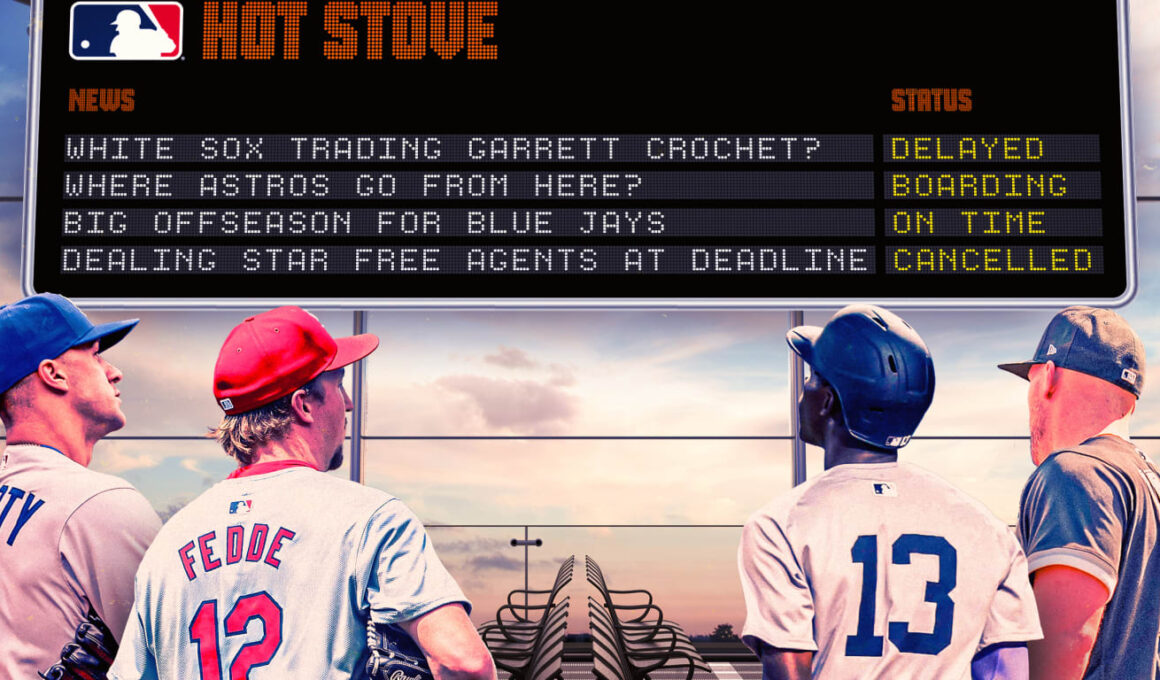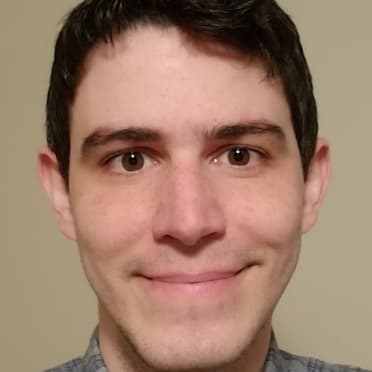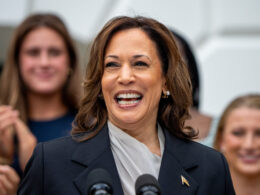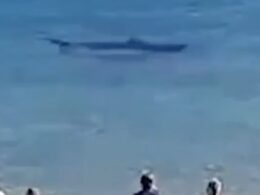How the Trade Deadline could impact Hot Stove season
Although it will be months before the Hot Stove is ignited, the events of the 2024 Trade Deadline could have a major impact on how this offseason unfolds.
Here’s a look at some of the key offseason questions and storylines that could stem from this year’s Deadline, not only taking into account who was traded but also who stayed put.
Will the White Sox continue their sale?
In the midst of a season that has them on pace to break the Modern Era (since 1900) record for losses (120, by the 1962 expansion Mets), the White Sox traded away a number of veterans at the Deadline, including Erick Fedde, Tommy Pham, Michael Kopech, Paul DeJong and Eloy Jiménez.
However, Chicago’s two most prominent trade chips — pitcher Garrett Crochet and center fielder Luis Robert Jr. — are still with the team.
Crochet has broken out in his first season as a starter, entering Saturday’s scheduled outing with a 3.23 ERA and 160 strikeouts over 114 1/3 innings. But the 25-year-old left-hander’s trade value was complicated by questions about his workload — he’s already blown past his previous career high for innings — and reports that he would require a contract extension to be willing to pitch in the playoffs.
Neither of those factors will be an issue this offseason, giving the White Sox a better chance to get the trade package they are seeking for Crochet, who has two years of team control remaining after 2024.
Chicago is also expected to shop Robert this offseason with the hope that he will have rejuvenated his trade value down the stretch. On top of the injury concerns tied to Robert, the 27-year-old’s slumping bat made it tough for the White Sox to find a team willing to meet their asking price for him. In 11 games from July 19-29, Robert hit .163 while striking out in 25 of his 45 plate appearances.
Which direction will the Blue Jays take?
While the Blue Jays traded Danny Jansen, Yimi García, Nate Pearson, Justin Turner, Yusei Kikuchi, Trevor Richards, Isiah Kiner-Falefa and Kevin Kiermaier, they refrained from going further in their sale.
Vladimir Guerrero Jr., Bo Bichette, Kevin Gausman, Chris Bassitt and José Berríos were all retained, with Toronto looking to make a postseason push in 2025 — the last year Guerrero and Bichette are under team control.
Of course, the problem for the Blue Jays is that a roster centered on those five players wasn’t good enough to contend for a postseason spot this year, and they have even more holes to address now.
If Toronto is going to turn things around in time for 2025, it’s likely going to take a successful offseason of shopping on the free-agent market.
Can these sellers-turned-buyers retain their star free agents?
With the way they started this season, the Mets, Astros, D-backs and Red Sox all looked like potential Trade Deadline sellers who would be motivated to deal their impending free agents, a list that most prominently features New York’s Pete Alonso, Houston’s Alex Bregman, Arizona’s Christian Walker and Boston’s Tyler O’Neill.
However, each of the four clubs reversed its fortunes in June and entered the All-Star break in the position to make a playoff run. As a result, they all ended up as buyers, and Alonso, Bregman, Walker and O’Neill were not among the players traded prior to the Deadline.
When it comes to each player’s free-agent status, though, nothing has changed. Alonso, Bregman, Walker and O’Neill remain eligible to hit the open market this offseason, which means their teams could potentially lose them for nothing more than Draft compensation (assuming all four players are made qualifying offers and reject them).
Where do the Astros go from here?
Trying to stretch the most successful run in franchise history as long as they possibly can, the Astros made the decision to pay a lofty price for Kikuchi at the Trade Deadline, further decimating their already meager farm system and leaving the club with fewer resources to improve its roster entering what will be a pivotal offseason.
Re-signing Bregman may be the Astros’ top priority, but the team will have a number of areas to address besides third base.
With Cristian Javier, José Urquidy, Lance McCullers Jr., Luis Garcia and J.P. France all coming off arm surgeries and Justin Verlander and Kikuchi set to join Bregman on the free-agent market, starting pitching is perhaps the club’s most glaring need.
Houston also needs to find a first baseman after its decision to sign José Abreu to a three-year, $58.5 million contract in free agency didn’t work out. The Astros released Abreu in June and had MLB’s worst OPS (.592) at the first-base position through Friday.
The Astros have a difficult path forward, and unless they plan to be more active than usual in free agency, they may need to get creative on the trade market to retool for another World Series push. One potential option? Shopping Framber Valdez and/or Kyle Tucker, both of whom are controllable for only one more year after 2024 and could fetch big returns.
What’s the future of the Orioles’ rotation?
The Orioles were one of the most aggressive buyers in the trade market for starting pitchers this year. But while they added a pair of controllable starters in Zach Eflin and Trevor Rogers, they didn’t go all in by swinging a trade for one of the frontline arms to whom they were frequently connected, be it Crochet or the Tigers’ Tarik Skubal.
Baltimore’s measured Deadline approach could have a direct impact on how it operates in the offseason, the franchise’s first since David Rubenstein took over as its new majority owner.
Had they traded for Crochet or Skubal, the O’s may have been OK with letting Corbin Burnes walk in free agency. Now, though, they seem more likely to make a serious push to re-sign the right-hander.
Of course, a blockbuster trade for an ace can’t be ruled out, especially if the Orioles aren’t able to reach a deal with Burnes. Although they traded five prospects in their deals for Eflin and Rogers, their elite supply of young talent remains largely intact.
What’s the Tigers’ plan?
Although Skubal’s name popped up in trade rumblings prior to the Deadline, the Tigers never seemed especially likely to move him.
“Not close,” president of baseball operations Scott Harris said when asked about Skubal talks. “There are a lot of rumors that floated out there. There are a lot of unconfirmed reports that are just totally inaccurate. We never came close to trading Skubal.”
Unless they plan to revisit trade talks for their ace this offseason, the Tigers need to figure out the best way to build a contender around him, and they don’t have long to do it. Skubal is controllable for two more seasons after 2024, so the clock is ticking.
On the verge of missing the postseason for the 10th straight season, which would extend the longest active drought in MLB (tied with the Angels), the Tigers have a lot of work to do to build up a roster that has been hurt by a number of significant missteps, including two unsuccessful (to this point) first-overall Draft picks ( Casey Mize and Spencer Torkelson) and some big free-agent whiffs ( Javier Báez and Kenta Maeda).
On the plus side, Detroit does have a promising core of Skubal, Riley Greene, Colt Keith and Reese Olson, with top prospects Max Clark (MLB Pipeline’s No. 10 overall prospect), Jackson Jobe (No. 11) and Jace Jung (No. 39) on the way. But the team will need an infusion of talent beyond those players to become a contender before Skubal reaches free agency.
What about the Giants and Cubs?
Sitting on the fringes of the NL Wild Card race, the Giants and Cubs both flirted with selling this year but didn’t make wholesale subtractions from their big league rosters.
As a result, the two clubs have seemingly made a commitment to keep pushing forward rather than taking a step back. But as currently constructed, neither is particularly close to being a top contender in the NL.
Potentially complicating matters further are the opt-out clauses the two clubs agreed to when they signed star free agents this past offseason — Blake Snell and Matt Chapman with the Giants and Cody Bellinger with the Cubs. All three players are eligible to test free agency again this offseason if they so choose, possibly leaving the Giants and Cubs with more holes to fill.
Who can get a qualifying offer and who can’t?
Per the qualifying-offer rules, any impending free agent who changes teams after Opening Day isn’t eligible to receive a qualifying offer — a one-year offer that ties a free agent to Draft compensation if they reject it — at the end of the season.
Among the impending free agents who were traded prior to this year’s Deadline, Jack Flaherty was perhaps the only one who would have been likely to receive a qualifying offer had he stayed put.
On the flip side, because their teams got back into the postseason race and didn’t end up trading them, Alonso, Bregman, Walker and O’Neill will all still be QO-eligible this offseason.










